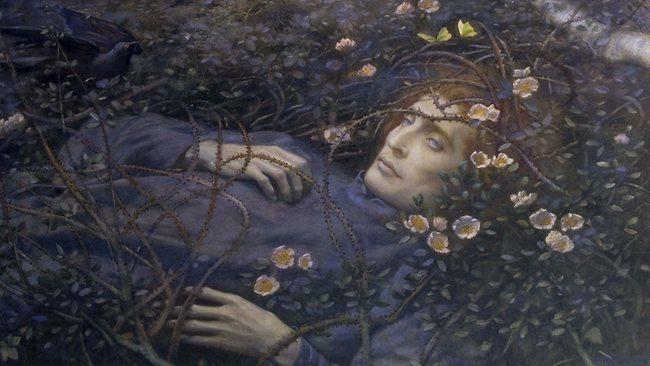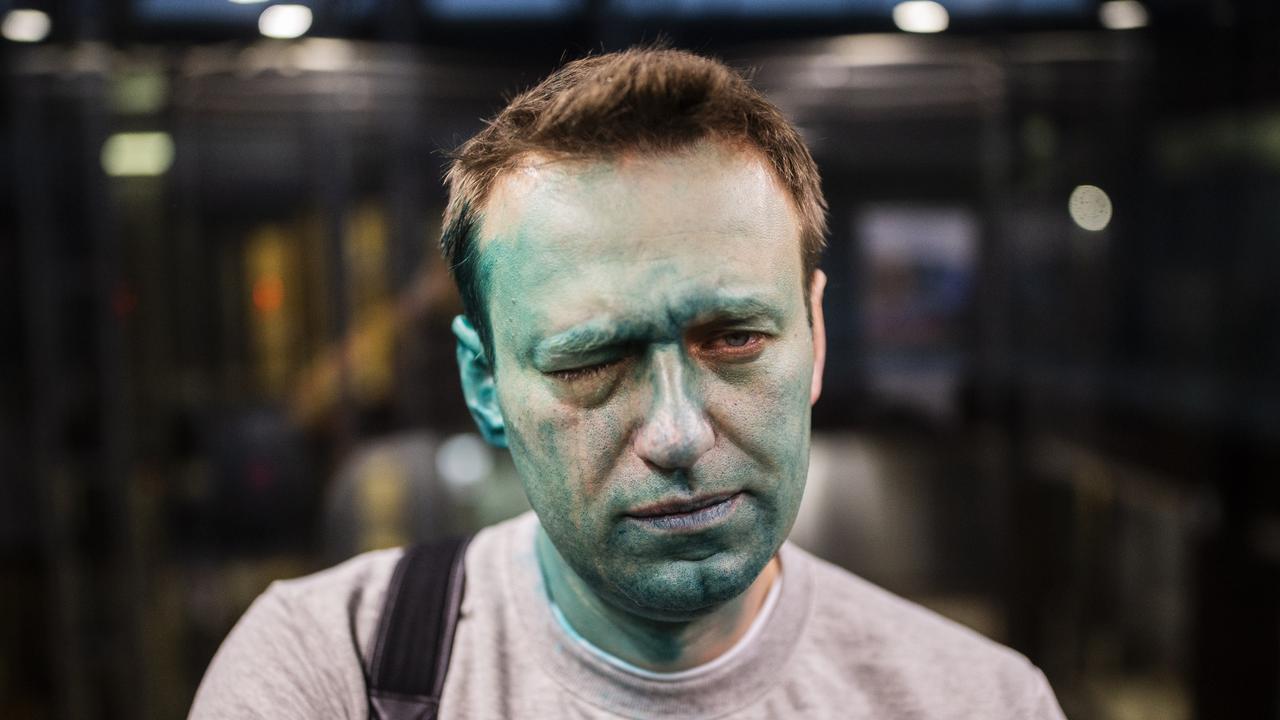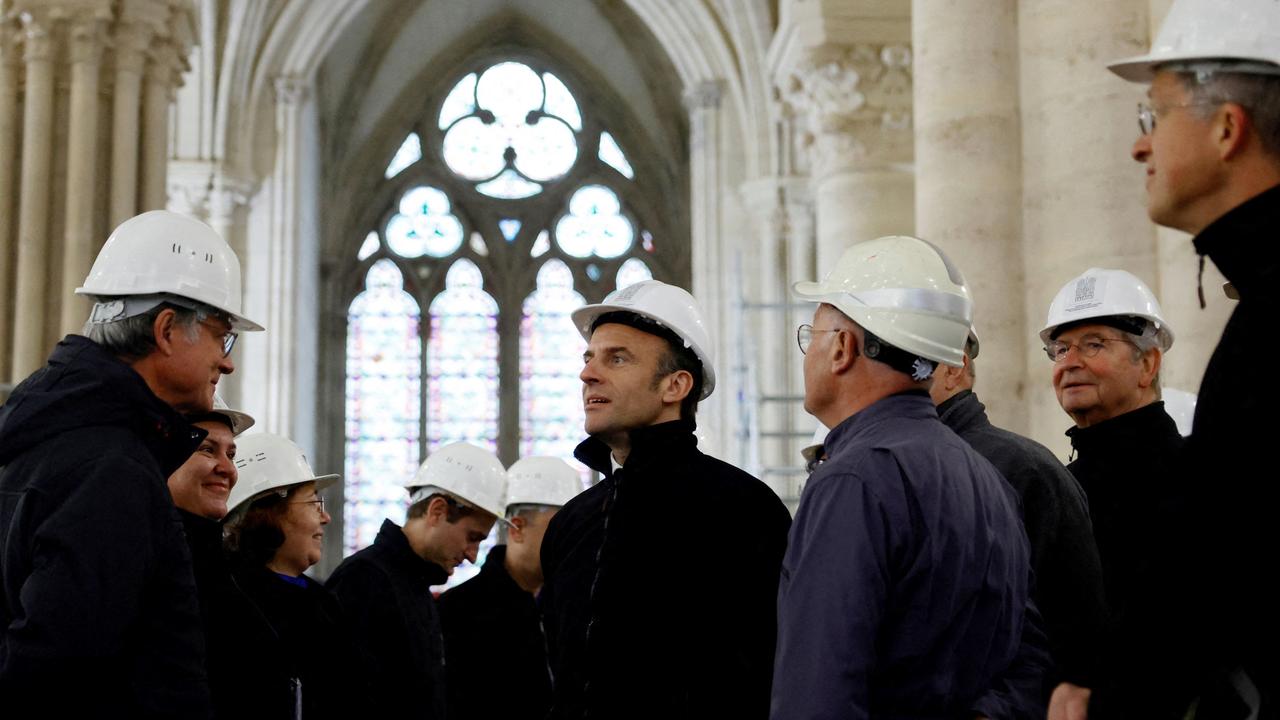Primitive brotherhood of Renaissance masters
WHEN Giorgio Vasari published his artists' biographies in the mid-16th century, he distinguished the Renaissance into three phases or "manners".

WHEN Giorgio Vasari published his artists' biographies in the mid-16th century, he distinguished the Renaissance into three phases or "manners".
The first manner - and the original break with medieval and Byzantine painting - began with Giotto and roughly corresponds to the 14th century. The second is that of Masaccio, Donatello and the other masters of the 15th century, while the third manner, corresponding to what we call the high Renaissance, began with Leonardo and is dominated by Raphael and Michelangelo.
Leonardo's real interest was in life and movement. Through his studies of anatomy he showed that the whole body was involved in any of its actions, something amply demonstrated in his unfinished picture of St Jerome in the Vatican.
But the same interest in vitality and the integrity or indivisibility of life led him to abolish linear definition in painting: the mystery or ineffability of the Mona Lisa's expression is owing to the fact there is not a single line or edge in her features: where most of us would draw a boundary line, Leonardo sees a continuous, curving surface.
Thus his famous sfumato - where lines are literally "smoked away" - is not a matter of passive smudging or blurring but of active examination, an almost microscopic scrutiny under which edges are revealed as gross simplifications.
The other stylistic innovation for which Leonardo is responsible belongs more to the artifice of picture-making than to naturalistic observation: it is chiaroscuro, the economy of light and shade within a composition.
Non e sempre buono quel ch'e bello, he observed - not everything that is beautiful is good. He meant that colours need to be subordinated to principles of harmony and tone and that the whole has to be structured through the use of light and shade.
From the perspective of the terza maniera, the third manner, the art of the 15th century began to look a little dry and hard with its precise outlines, bright local colours and universal illumination.
Titian and the Venetians went even further in the abolition of line and the emphasis on the unity of colour and tone, and a little later the baroque painters likewise emphasised painterly (as distinct from linear) brushwork and compositions built on the dramatic use of lights and darks.
By the end of the 16th century, the four giants of the modern canon of painting were generally recognised as Raphael, Michelangelo, Titian and Correggio, although there was not always agreement over their respective ranking.
Later, despite more controversies, Annibale Carracci, Caravaggio, Rubens and Poussin were admitted to the first rank, then belatedly and more tentatively Rembrandt, while Velazquez was overlooked for a long time because of the provincial remoteness of Spain.
These artists and others occupying a second or third rank within the same canon formed the basis of the great early modern art collections assembled by monarchs and princes, most of which are now the basis of national museums.
Some of these museums, such as the Kunsthistorisches Museum in Vienna or the Alte Pinakothek in Munich, still preserve the character of princely collection of two centuries ago, and that is part of their distinctive interest and appeal.
This modern canon, however, excluded the Italian artists of the 14th and 15th centuries, who were referred to as the Italian primitives; not to mention early artists in other countries. But by the early 19th century, aided no doubt by the romantic rediscovery of the Middle Ages, artists began to look again at these primitives and find in them something refreshingly different from the style then being taught in art schools.
The first group to seek renewed inspiration in the pre-canonic artists of Italy were the German Nazarenes, who initially banded together in 1809 and mostly worked in Rome.
Later, in England, another group formed in 1848 and called itself the Pre-Raphaelite Brotherhood, thus announcing a desire to return to a style that pre-dated the reforms of the high Renaissance. What this meant was above all a clear linear style, a return to bright local colours and the preference for a universal illumination over the chiaroscuro which, as in Rembrandt's painting, consigns large areas of the composition to darkness to throw other parts into dramatic relief.
All of these stylistic features can be seen clearly in, for example, John Everett Millais's Christ in the House of his Parents (1849-50), one of those awkward yet strangely compelling works which, as I mentioned in an earlier piece, tend to stick in our minds, perhaps because their sheer accumulation of naturalistic detail is so persuasive.
Several important exhibitions have been devoted to the Pre-Raphaelite movement in the past generation, starting with the Tate survey of 1984, which reignited contemporary interest.
More recently, another remarkable Tate exhibition devoted to landscape, Pre-Raphaelite Vision: Truth to Nature (2004) emphasised their commitment to the kind of meticulous accuracy in the representation of the natural world that was recommended by John Ruskin, the most influential critic of his time and a supporter, though not a member, of the movement.
Now the Art Gallery of NSW has an exhibition originally mounted at the Birmingham Art Gallery and devoted to their approach to drawing, an aspect of their work that is evidently of particular interest considering their essentially linear approach to the painted image. A beautifully produced book written by Colin Cruise, curator of the exhibition, serves as a catalogue while covering much additional material.
The first thing that strikes the viewer about these drawings is the prevalence of a strictly linear style, from which tonal modelling and volume have been purposely banished. This outline style, as it became known, was derived ultimately from John Flaxman - best known for his illustrated editions of Homer in the late 18th century - and more recently from a German illustrator, Moritz Retzsch.
Combined with a concern for minute realism, this sort of linear reduction can produce strikingly vivid images, but they can also be, as is the case with Dante Gabriel Rossetti's Dante Drawing an Angel (1849), radically lacking in body - body, after all, is what modelling serves to produce - and thus strangely effete.
It is not hard to see in this fey and bloodless style an expression of contemporary English culture, although we know the artists themselves were not all completely alienated from physical life.
Later drawings tend to reintegrate more volume into their drawings. One of the most beautiful pieces in the exhibition is Millais's study of the head of Elizabeth Siddal (1852) for his painting of the drowning Ophelia (1852), masterful in its economy of means and the way it is - as Cruise points out - both a portrait of the model and an imaginary evocation of Shakespeare's tragic heroine.
Other portraits of women are striking too, particularly the exquisite portrait by William Morris of his future wife, Jane (1857), which makes a fascinating comparison with the dramatic and icon-like mask into which her lover Rossetti turns her features as an image of Mnemosyne, personification of memory and mother of the nine muses.
There are also outstanding portraits and self-portraits of the various artists in the group, in particular a set made for Thomas Woolner, the only sculptor member of the ebrotherhood, who had immigrated to Australia in 1852, inspiring Ford Madox Brown's painting The Last of England (1855).
Although he returned to England in 1854, Woolner later produced the statue of Captain Cook that stands in Hyde Park, Sydney; it was completed in London in 1878 and installed in Sydney in 1879.
Realism, in the sense of an absolute fidelity to the observable phenomena of nature, was pursued with the conviction of a moral or even religious duty, as we can see especially in the extraordinary nature studies; in some of these we can hardly believe that pencil, watercolour and gouache could be capable of producing such breathtakingly lifelike renderings of ivy climbing up a tree or moss growing on rocks.
This is the basis of the Pre-Raphaelites' objection to the more abstract and artificial academic style: it was not that they were rebels intent on breaking rules but that they were fundamentalists of realism, zealots of a veracity that in turn influenced the later academy.
The same desire for truthful realism manifests itself in relation to the human figure. The Pre-Raphaelites had a well-known fondness for intensity in their female models, as we have already seen in the images of two of their favourites, Siddal and Jane Morris. But they were notorious for preferring intensity to health, and both female and male models tended to be scrawny and weedy.
Still more interesting is their choice of postures, attitudes and gestures. Clearly they were trying to avoid the hackneyed ones that recurred as predictably in some contemporary painting as in theatrical melodrama, and trying to find others that were alive, spontaneous and real.
The idea was not new; Leonardo himself - and much later Diderot - had recommended studying the actions of real people in daily life to escape from the cliched versions adopted by professional models or repeated by unimaginative artists.
In their quest for authenticity, however, the Pre-Raphaelites sought inspiration in a language of vernacular poses and actions that were not sufficiently filtered for perennial validity. In countless cases, they confused the trivial and idiosyncratic with the spontaneous, so that what was meant to be natural and unselfconscious became on the contrary intolerably affected and arch.
Hence the awkwardly crossed legs in Holman Hunt's Study for Claudio and Isabella (does the young man need to visit the gentlemen's room?) or the excruciating collection of mincing, prissy and vulgar attitudes in Millais's Isabella (1849).
What is lacking in these attempts at literal realism is an understanding of the necessary artifice of history painting, the abstract and formal requirements of composition and the rhetorical, even conventional, nature of pictorial narration.
Artistic expression is impoverished without the constraints of tradition and, as in language, idioms that are too colloquially current will soon seem painfully dated.
Perhaps for these reasons the Pre-Raphaelites were drawn towards commissions that offered their own constraints, such as stained-glass windows, where narratives must be adapted to extremely specific formal requirements and even designed around the lead lines or cames that hold the pieces of glass together.
Similarly they were drawn to illustration, to which their graphic style was well adapted, and, perhaps most famously, to interior design, with the firm set up by William Morris with Rossetti, Edward Burne-Jones and others in 1861.
The latter part of the exhibition is devoted to the drawings and designs they produced for textiles and wallpapers. Here careful observation is turned into formal pattern and a language of ornament is developed for the modern home, opulent but founded in truth.
The Poetry of Drawing: Pre-Raphaelite Designs, Studies and Watercolours
Art Gallery of NSW, until September 4.



